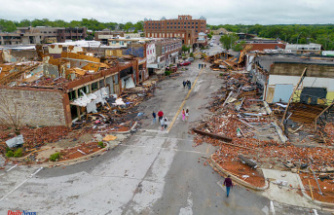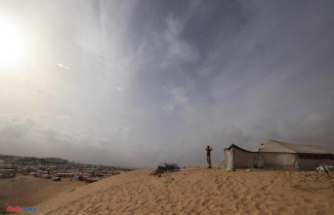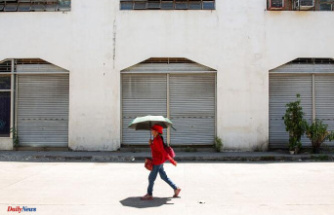Frankfurt/Main (dpa/lhe) - How can knowledge about the climate in a very distant past help to understand the future climate? That is the subject of a new exhibition entitled "Creating Climate Knowledge" in Frankfurt's Senckenberg Museum, which opens on Friday. The researchers' search for traces led to the geological eras of the Late Cretaceous and the Eocene. They were characterized by high levels of carbon dioxide in the atmosphere and high temperatures.
The exhibition shows examples of the analysis of so-called climate archives. These are, for example, fossilized remains of animals and plants or deposits in ice or rock, in which information about the climate millions of years ago can be found. For example, the tooth enamel of a prehistoric horse from the Messel Pit is being examined, or the annual rings of a mussel, in which the salt content of the water in which the mussel once lived can be broken down. Less salinity means more inflow of fresh water, for example due to melting glaciers - an indication of changing climatic conditions.
"We need knowledge of climate history in order to be able to make smart decisions about climate developments today and tomorrow," said Andreas Mulch, Director of the Senckenberg Research Institute, on Thursday at the presentation of the new museum show. The exhibition is designed in such a way that visitors can, so to speak, look over the shoulders of the researchers and find out what motivates the scientists in their work.












